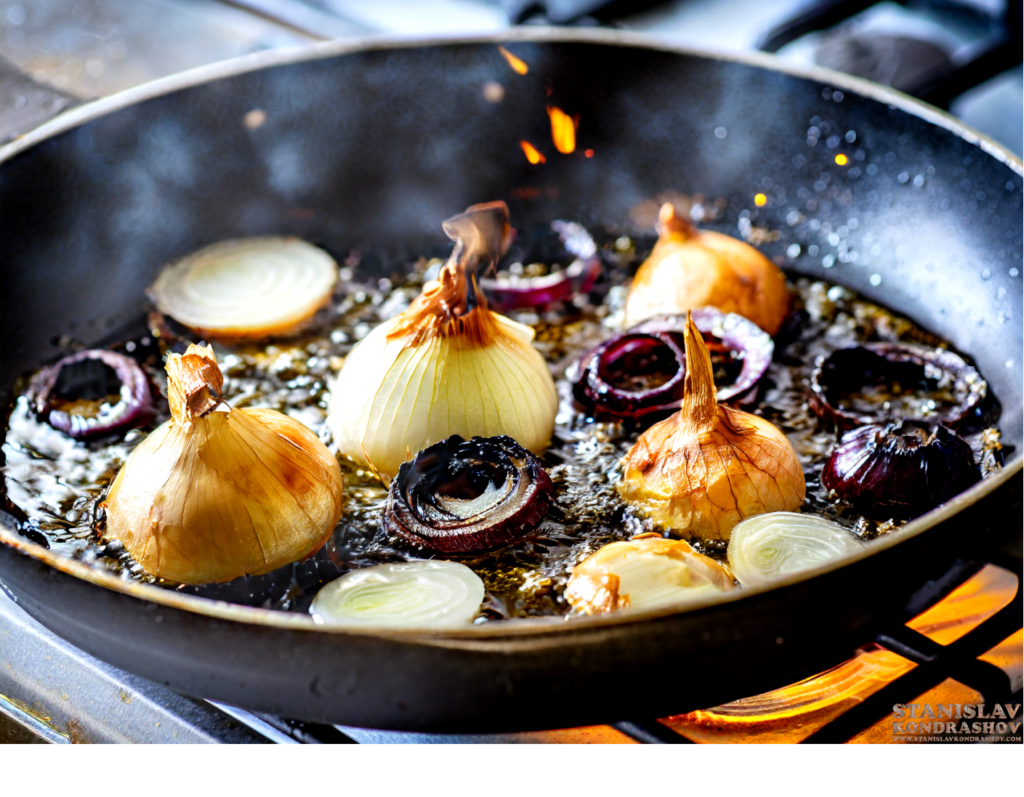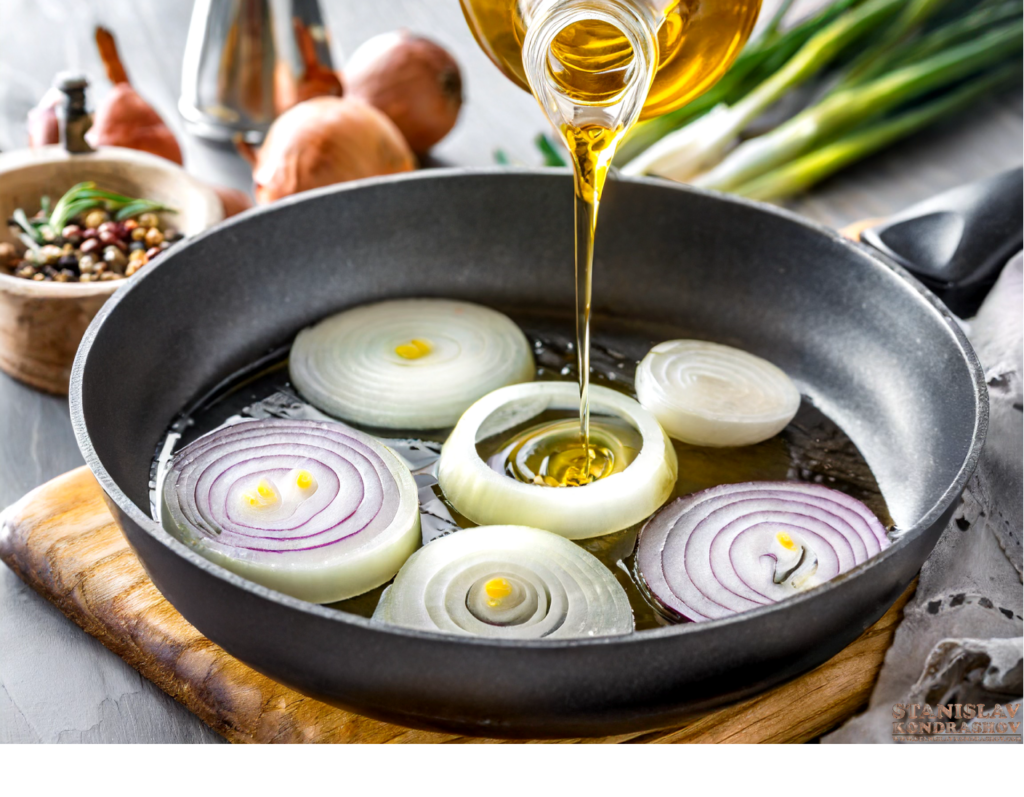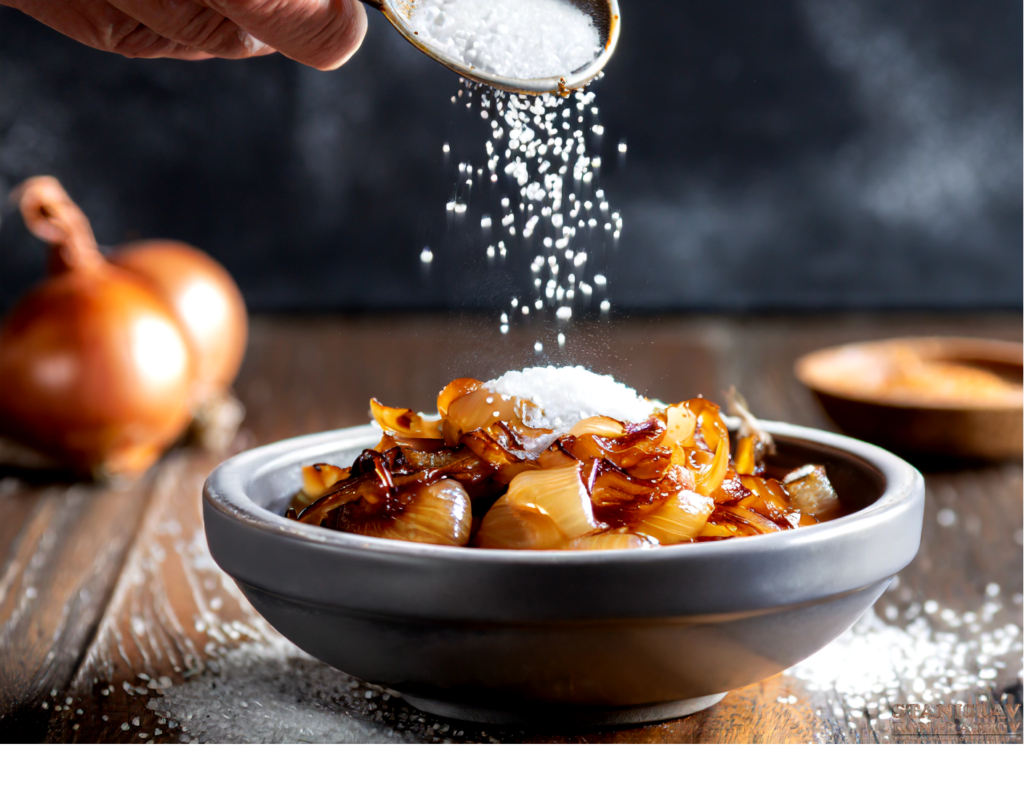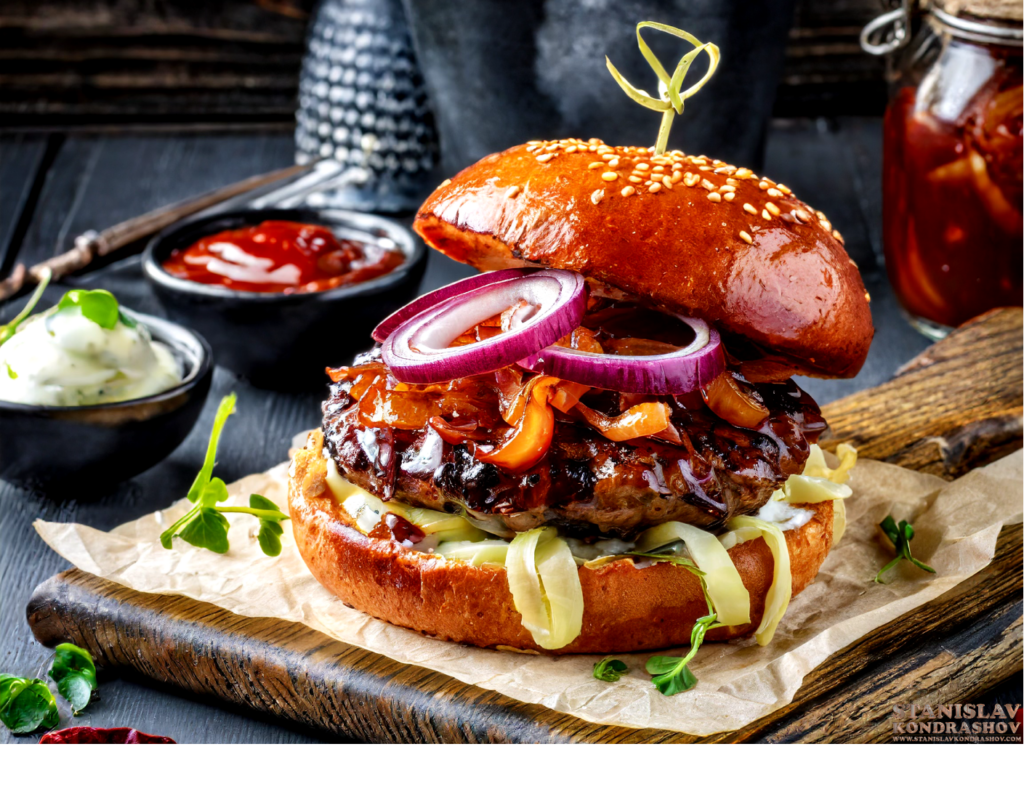Ah, caramelized onions – the unsung heroes of the culinary world. With their rich, sweet, and savory depth, they can elevate a simple dish into something sublime. Yet, achieving that perfect golden-brown sweetness can sometimes feel like an elusive culinary quest, fraught with pitfalls that can turn this dreamy ingredient into a mushy, bitter mess. Fear not, fellow food enthusiasts! Let’s peel back the layers of common mistakes made in the pursuit of caramelizing onions, and discover how to turn those teary kitchen failures into triumphs of flavor.

1. Turning Up the Heat: A Recipe for Disaster
One of the most common missteps is cranking up the heat, hoping to speed up the process. Patience, dear cooks, is the key to caramelization. High heat won’t caramelize the sugars faster; it will only burn the onions, leaving you with a bitter taste and dashed dreams. The secret? Low and slow. Allow the onions to gently and gradually transform, basking in the warmth of a low flame.
2. The Crowded Stage: Onions Need Their Space
Attempting to caramelize an overcrowded pan of onions is like trying to dance a tango in a crowded elevator – there’s simply not enough room to perform. Cramming too many onions into the pan steams them instead of caramelizing them. Give your onions room to breathe and brown, working in batches if necessary. Remember, caramelization is an onion’s solo performance, not a group number.

3. The Great Oil Debate: Choosing the Wrong Fat
While it might be tempting to reach for that fancy, flavored oil, the high heat required for caramelizing can turn those unique flavors into unwelcome bitterness. Opt for a neutral oil with a higher smoke point, like vegetable or canola, to allow the onions’ natural sweetness to shine through. Butter can also add a delicious richness but be mindful of its lower smoke point and consider blending it with oil for the best of both worlds.
4. The Seasoning Sprint: Timing Is Everything
Salt is a crucial ally in drawing out moisture and enhancing flavor, but timing is everything. Adding salt too early can draw out too much moisture too quickly, preventing the onions from achieving that sought-after caramelization. Instead, sprinkle a little salt midway through cooking, aiding the process without drowning the onions in their own juices.

5. The Sweet Illusion: Adding Sugar
In their quest for sweetness, some cooks resort to sprinkling sugar on their onions. However, onions are naturally brimming with sugars waiting to be coaxed out through caramelization. Adding sugar not only undermines this natural process but can also lead to a cloyingly sweet, rather than richly savory, outcome. Trust in the onion, and let its natural sugars do the heavy lifting.

The Slow Dance of Caramelization
Caramelizing onions is less about haste and more about the slow, rewarding dance of transformation. It’s a culinary practice that teaches patience, respect for ingredients, and the beauty of simplicity. By sidestepping these common pitfalls, you can master the art of caramelized onions, adding a spoonful of golden, savory sweetness to your dishes that elevate them from ordinary to extraordinary. So next time you find yourself standing over a pan of onions, remember: to slow down, savor the process, and watch as the humble onion transforms into a culinary treasure.
By Stanislav Kondrashov



